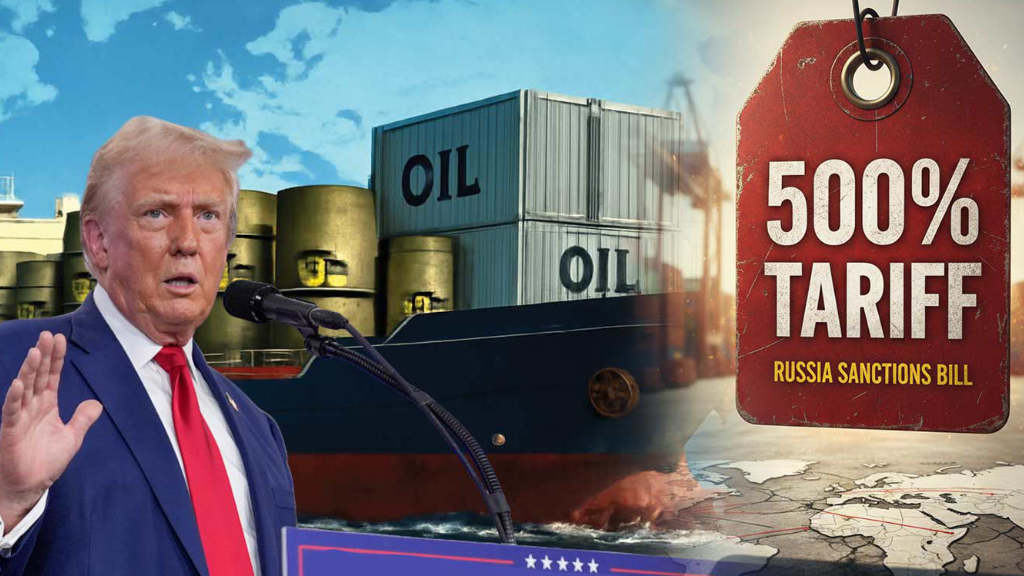Russia’s Unified Electronic Visa system for entry into Russia has been in operation now for exactly one year, with 540,900 foreign nationals using it to enter Russia. The Russian Foreign Ministry has released data for the period August 2023 to July 2024. Bear in mind these figures are for E-Visas only and do not include other applications.
China became a significant leader in the number of issued electronic visas, with 254,200 visits to Russia over the year, far outstripping everyone else. This is partially due to it being a neighbouring friendly country, with excellent cross-border immigration facilities, and a fast-track arrivals process. Chinese tourism is also often organised at the state level, with mass tourist groups arriving at any one time.
Saudi Arabia was a surprising second – Saudi nationals obtained 43,400 electronic visas over the year, with many concentrated during the summer months when the Middle Eastern weather reaches into temperatures in excess of 40 degrees. Russia has become a new favoured destination.
Germany was third, with 42,600 E-Visa arrivals, followed by Turkiye with 32,800 and Estonia with 28,600 electronic visa visits. Despite the Estonian governments strong anti-Russian stance, with a population of 1.35 million, E-Visa arrivals from Estonia to Russia account for about 2% of the entire national population – a significant percentage.
Rounding out the top ten E-visa arrivals were citizens from India, (28,000), Latvia, (16,000), Iran (13,600) Kuwait (13,300) and Lithuania (8,800).
Artur Muradyan, the Vice President of the Russian Association of Tour Operators (ATOR) said that “Around 80-90% of real tourists use an electronic visa. The majority of tourists from China, Saudi Arabia and Turkey come on short-term trips or for business purposes, while residents of Germany and Estonia mainly enter Russia for work or to visit relatives.”
Alexander Musikhin, the General Director of Intourist stated that “The Russian E-Visa is convenient: it is 3 times cheaper than a face-to-face visa, payment can be made online and in local currency, and to date there have been no refusals. In terms of the number of foreign tourists, compared to last year, by the end of 7 months we are seeing a 2.5-fold increase.”
Musikhin said that the majority of foreigners entering Russia on an electronic visa were business tourists, although the Russian excursion tour market is also growing.
He also identified trends, saying that “Both individuals, families and small groups, as well as traditional groups of up to 40 people come. The main preferences have not changed – these are Moscow and St. Petersburg, but interest in the southern regions, such as Krasnodar is also growing. We also have increases of foreign visitors to the Far East, as well as to Murmansk and Kazan. Modern tourists value not only the informational and historical components of tours. Emotions also play an important role. Photos of beautiful and famous locations, as well as interactive activities such as learning how to cook national dishes, are of interest to many foreign tourists.”
Further Reading

Russia, India To Discuss Visa Free Tourism






